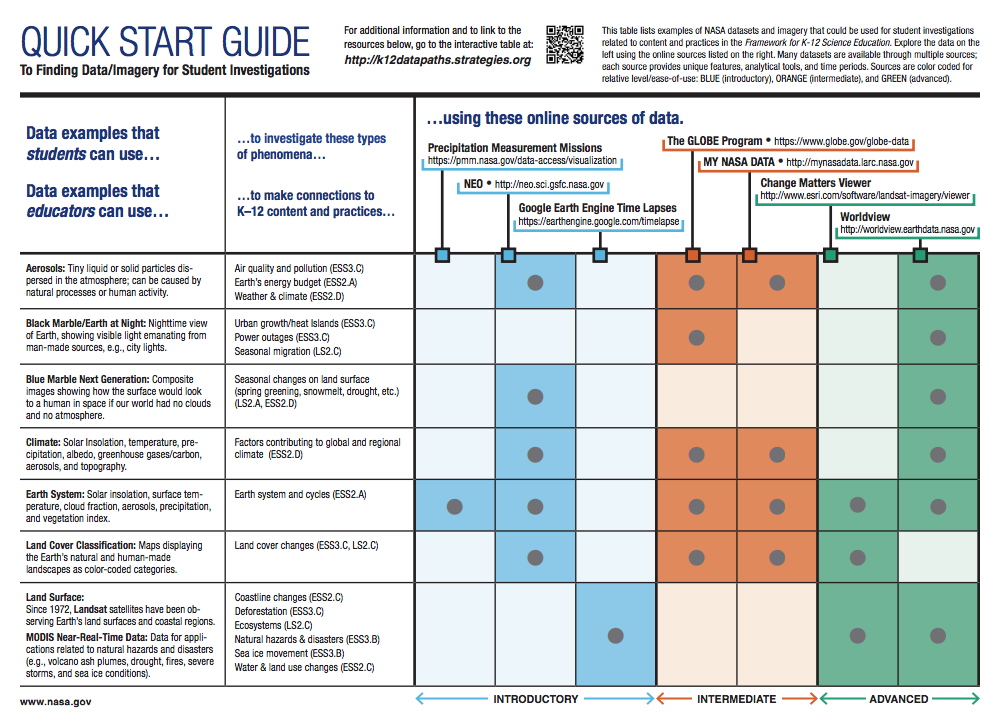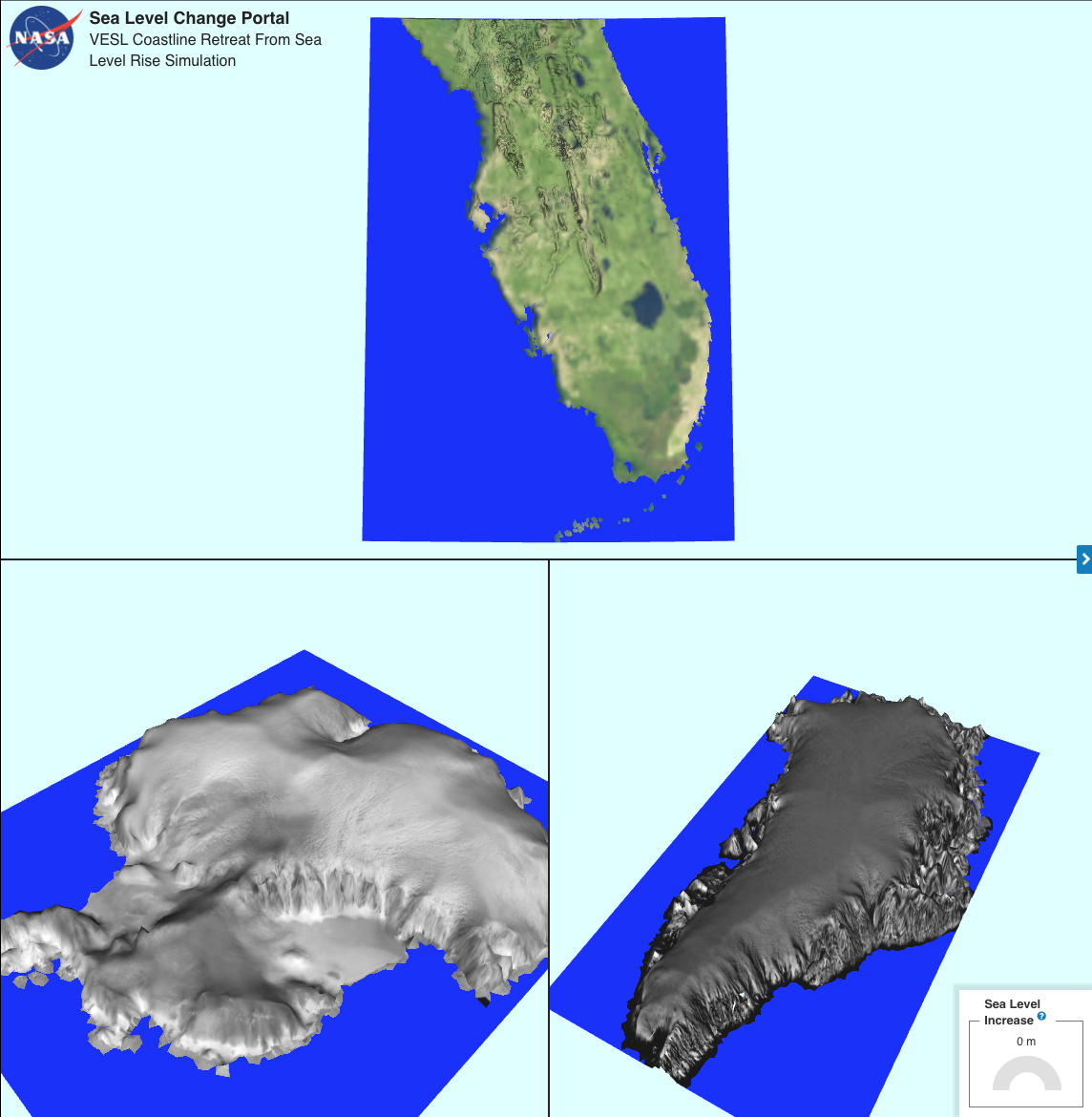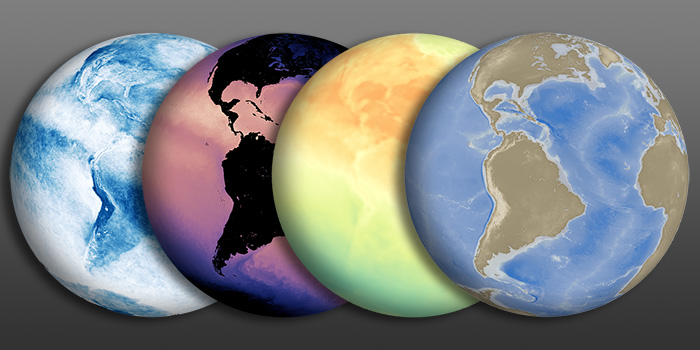
Teachers, are you looking for resources to help you engage students in data analysis related to changes in the cryosphere using albedo values? Check out these images.

Teachers, are you looking for resources to help you engage students in data analysis related to changes in the cryosphere using albedo values? Check out these images.
The My NASA Data visualization tool, Earth System Data Explorer (ESDE), helps learners visualize complex Earth System data sets over space and time.

The Quick Start Guide lists examples of NASA datasets and imagery that could be used for student investigations related to content and practices in the Framework for K-12 Science Education.

Do you need instructions for how to use data from the Earth System Data Explorer in Microsoft Excel? Visit this link to access a step-by-step guide.

Do you need tools to help using the Earth System Data Explorer? MND offers several ways to learn more about how to use this data visualization tool.
NASA visualizers take data – numbers, codes – and turn them into animations people can see and quickly understand.

Explore a variety of NASA resources.

Check out this interactive data visualization and simulation tool. It explores the impact of collapsing polar ice sheets (Greenland and Antarctica) and their impact on global mean sea level rise, along with shrinkage in the livable area around the world.

NASA Earth Observations (NEO) strives to make global satellite imagery as accessible as possible. Here you can browse and download imagery of satellite data from NASA's constellation of Earth Observing Sy

This graphic organizer may be used to help students analyze the processes and components of Earth System phenomena.